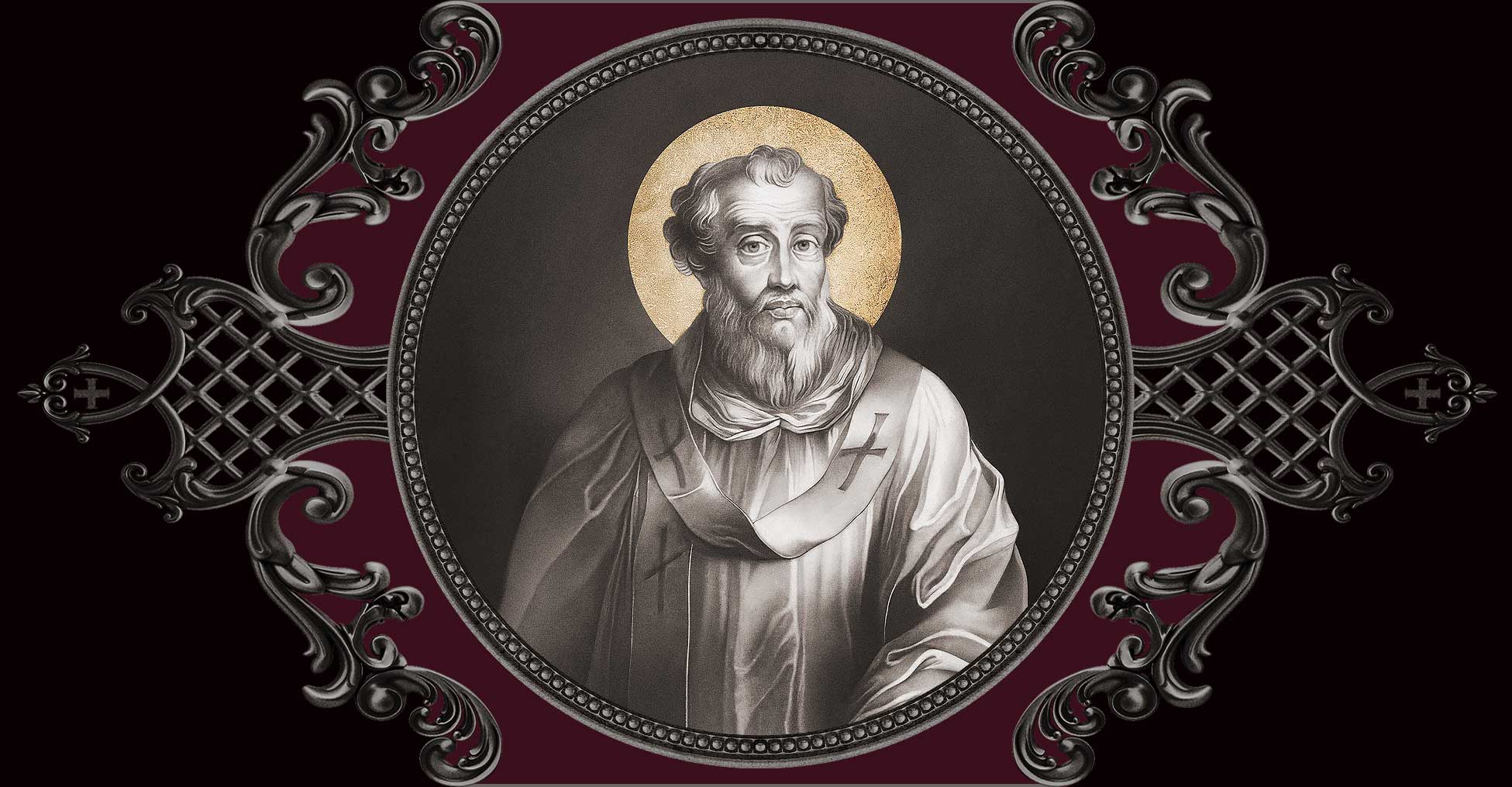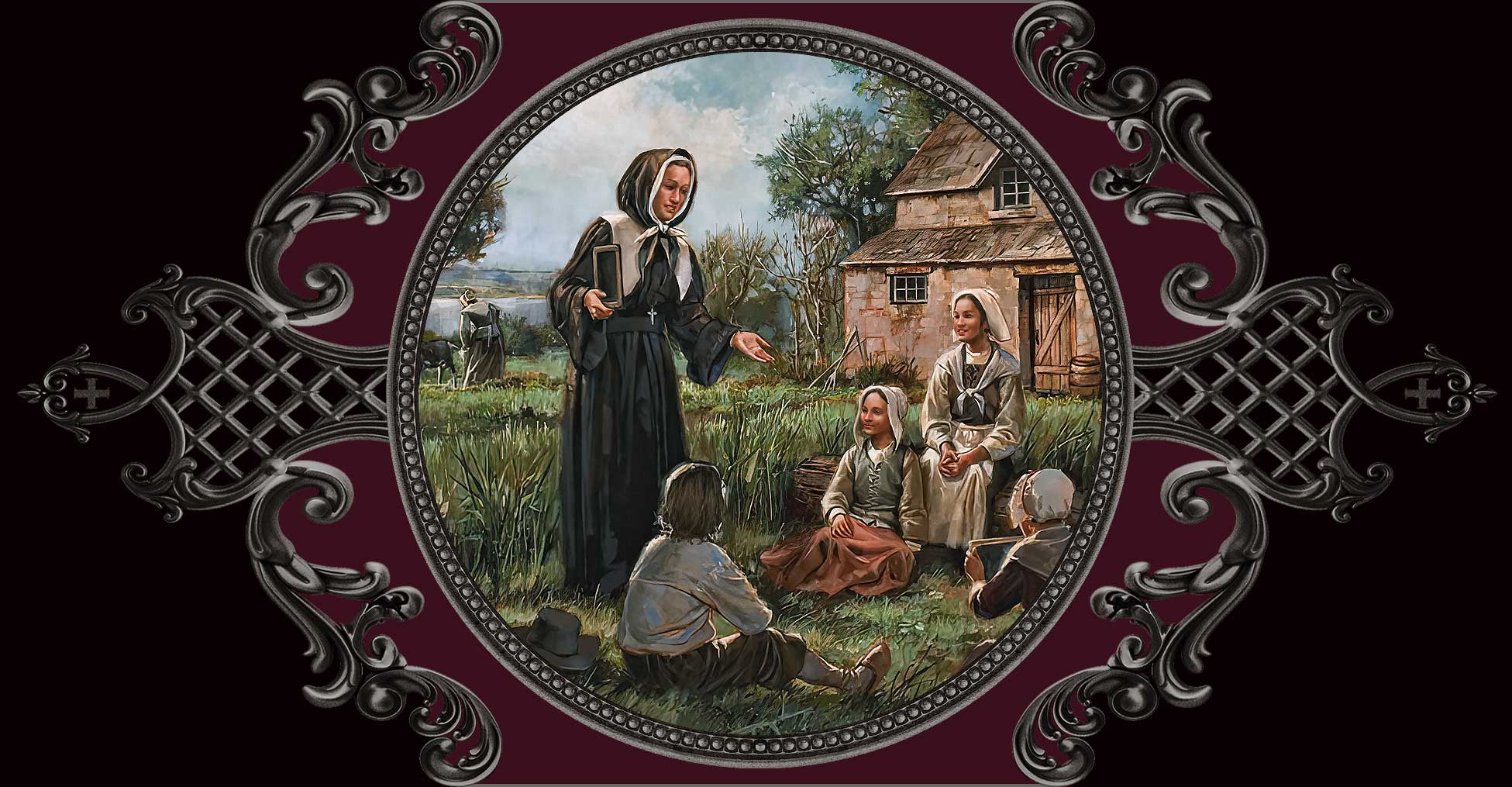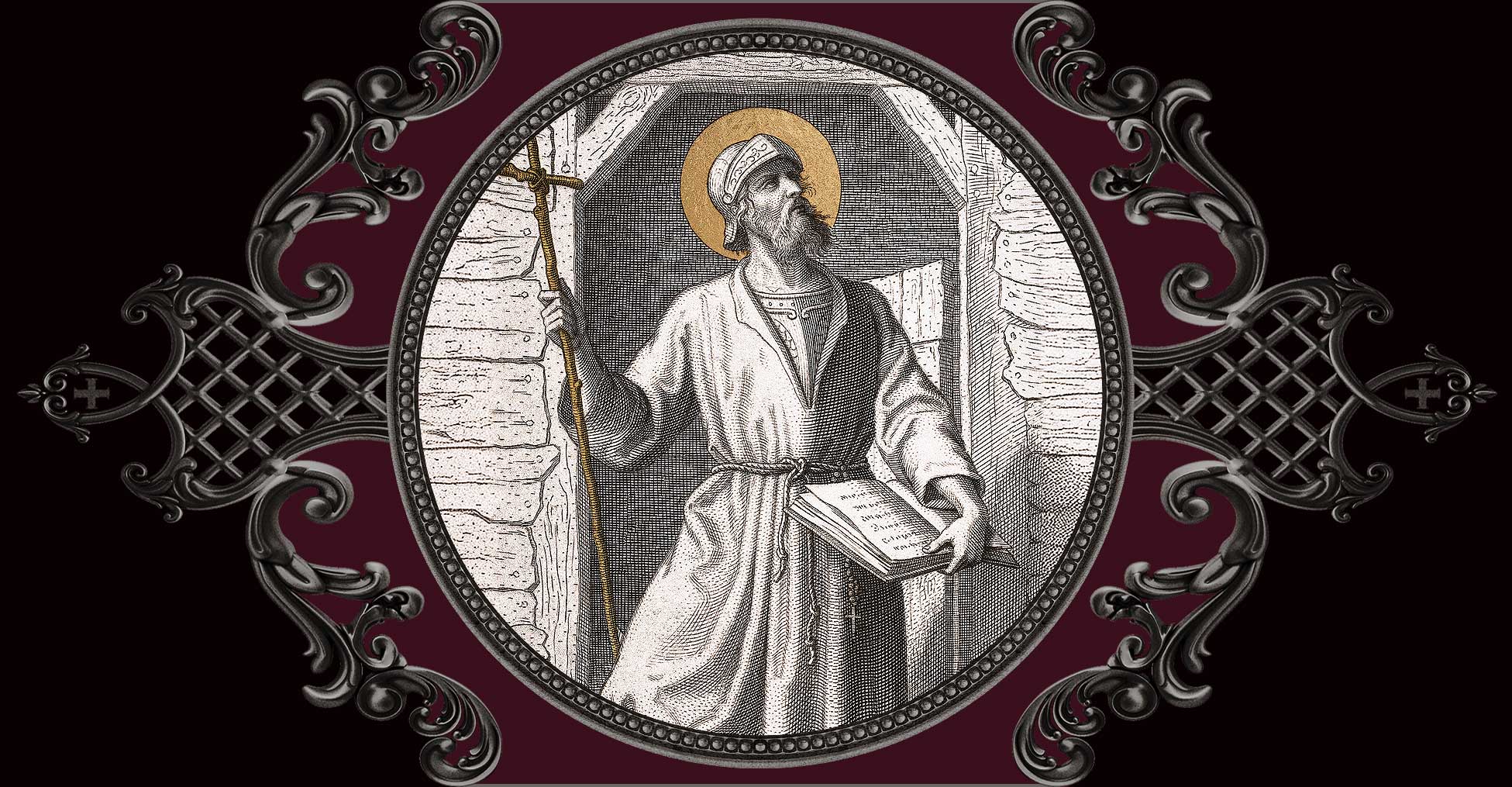
January 11 + Saint Pope Hyginus
Hyginus was a philosopher born in Athens, Greece and he was placed in the chair of Saint Peter after the martyrdom of Saint Telesphorus, in the year 139.
The Church then enjoyed some sort of calm, under the mild reign of the emperor Antoninus Pius; though several martyrs suffered in his time by the fury of the populace, or the cruelty of certain magistrates. The emperor himself never consented to such proceedings; and when informed of them by the governors of Asia, Athens, Thessalonica, and Larissea, he wrote to them in favour of the Christians, as is recorded by Saint Justin and Eusebius.
But the devil had recourse to other arts to disturb the peace of God’s Church. In the year 140, Cerdo, a wolf in sheep’s clothing, came from Syria to Rome, and began to teach the false principles which Marcion adopted afterwards with more success. He impiously affirmed that there were two Gods; the one rigorous and severe, the author of the Old Testament; the other merciful and good, the author of the New, and the father of Christ, sent by Him to redeem man from the tyranny of the former; and that Christ was not really born of the Virgin Mary, or true man, but such in shadow only and appearance. Our holy pope, by his pastoral vigilance, detected that monster, and cut him off from the communion of the Church. The heresiarch, imposing upon him by a false repentance, was again received; but the zealous pastor having discovered that he secretly preached his old opinions, excommunicated him a second time.
During his papacy, Hyginus fought vigorously against the heretics of his time and he determined the different prerogatives of the clergy, and defined the grades of the ecclesiastical hierarchy. He also decreed that all churches be consecrated.
Hyginus did not sit quite four years, dying in 142 and he was buried on the Vatican Hill, near the tomb of the first pope Saint Peter.



Leave a comment
This site is protected by hCaptcha and the hCaptcha Privacy Policy and Terms of Service apply.